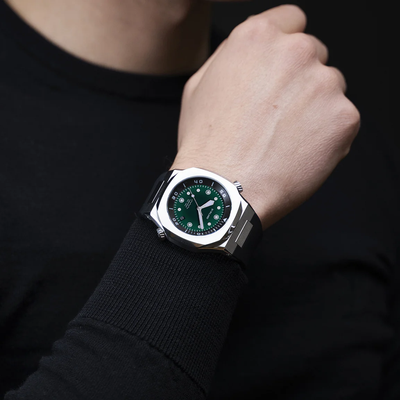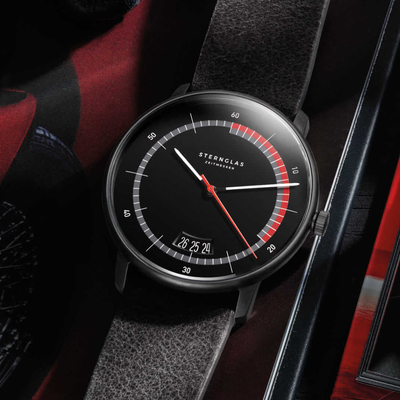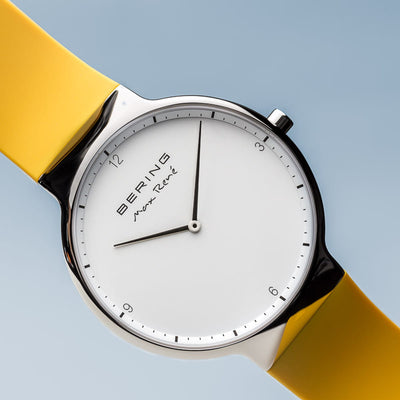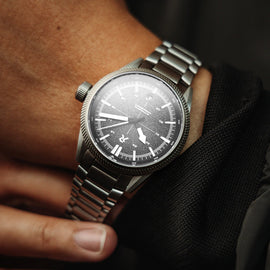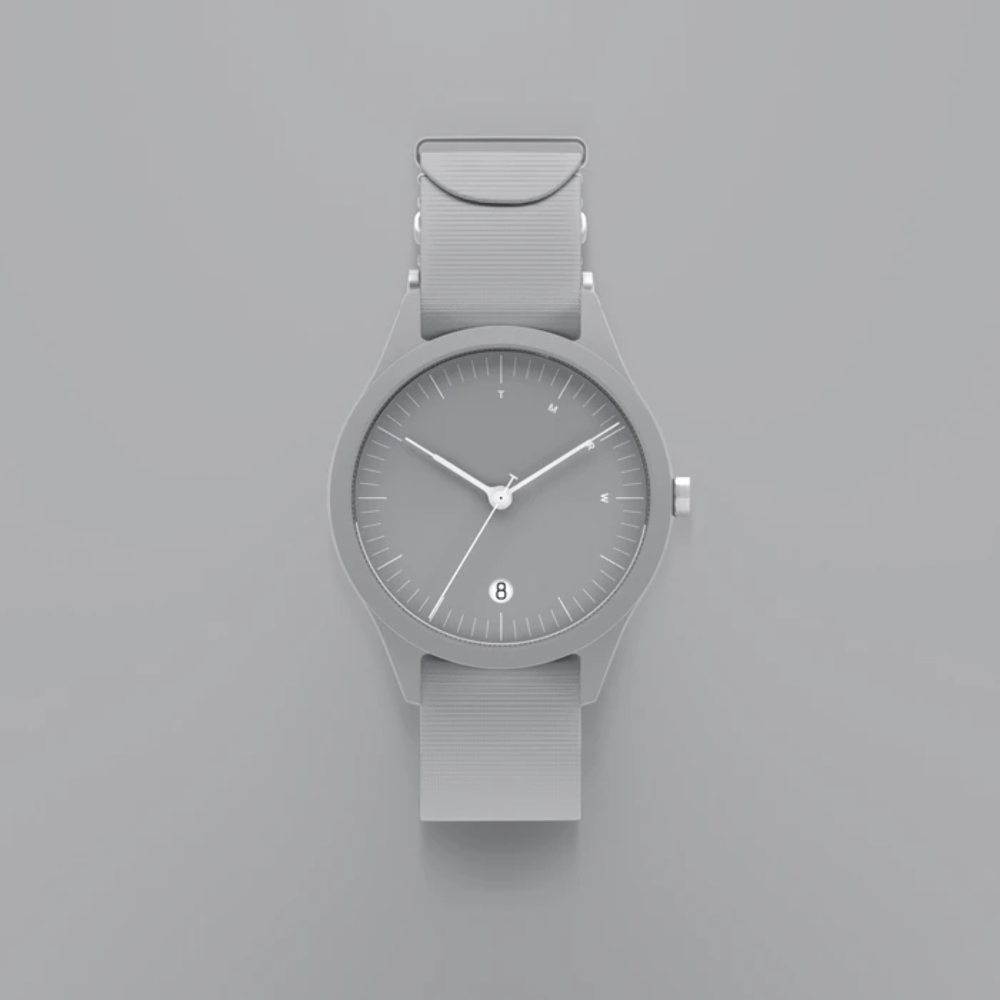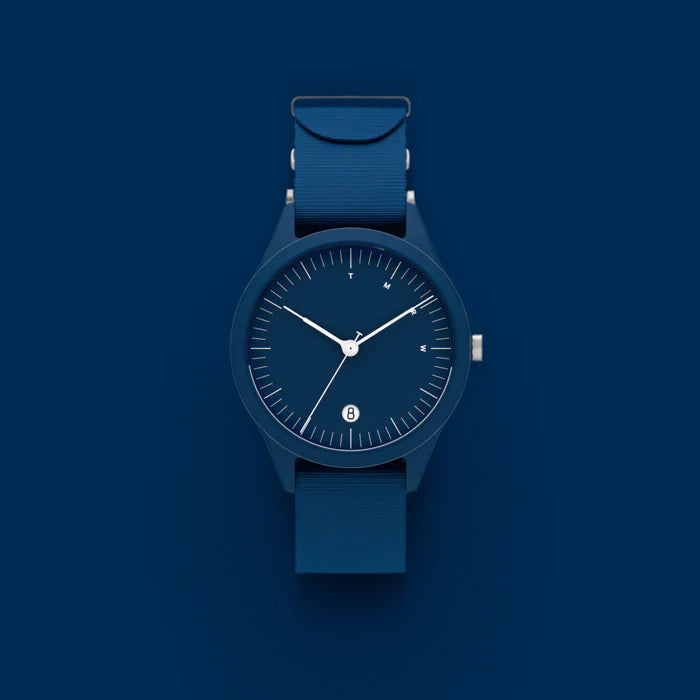Putting a watch in an ultrasonic cleaner is generally not recommended, as it can potentially damage the watch and compromise its functionality. Here are a few reasons why you should avoid using an ultrasonic cleaner for watches:
-
Water Resistance: Many watches, especially diver's watches or those designed for water sports, have specific water resistance ratings. The seals and gaskets that make a watch water-resistant can be compromised in an ultrasonic cleaner, allowing water to enter the watch and damage its delicate components.
-
Movement Damage: The powerful vibrations and rapid oscillations produced by an ultrasonic cleaner can cause stress on the delicate components of a watch movement. This can lead to misalignment, damage to delicate gears or pivots, and even the dislodgment of small parts, resulting in a loss of accuracy or complete failure of the movement.
-
Dial and Crystal Damage: The intense agitation within an ultrasonic cleaner can potentially cause the watch dial or crystal to crack or shatter. This is especially true for watches with plastic or acrylic crystals, which are more susceptible to damage from the vibrations.
-
Cleaning Solution Compatibility: Ultrasonic cleaners often require the use of a cleaning solution to enhance the cleaning process. However, some cleaning solutions may not be suitable for all watch components, such as certain types of watch dials, luminous materials, or delicate finishes. The chemicals in the cleaning solution can cause discoloration, fading, or damage to these elements.
-
Lack of Control: Ultrasonic cleaners are designed for general cleaning purposes and may not provide the level of precision required for delicate watch components. The vibrations and turbulence within the cleaner can cause unintended interactions or movements within the watch, potentially resulting in damage.
Instead of using an ultrasonic cleaner, it is generally recommended to clean watches using safer methods, such as gentle wiping with a soft cloth, using a mild soap solution and a soft brush for hard-to-reach areas, or seeking professional watch cleaning services. These methods offer better control and minimize the risk of damage to the watch's intricate components.
If your watch requires cleaning or maintenance, it is advisable to consult the manufacturer's recommendations or seek the assistance of a professional watchmaker or authorised service centre to ensure proper care and preservation of your timepiece.


